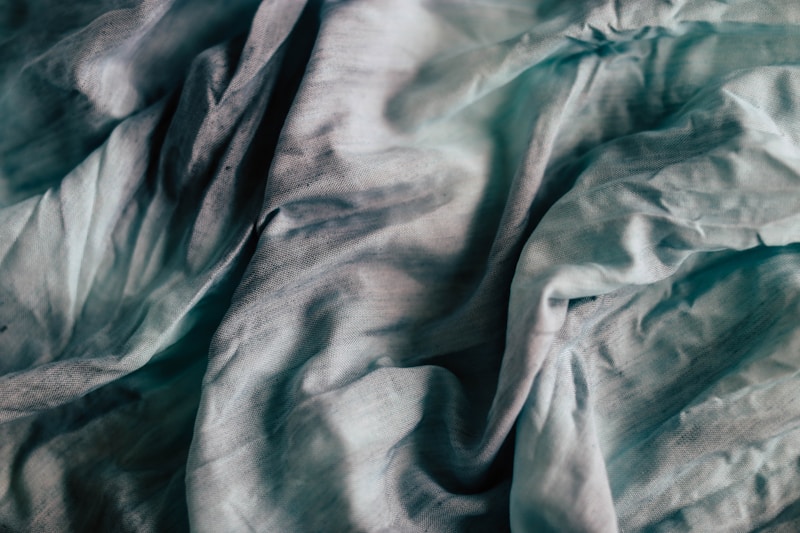Satin Fabric and Beading Techniques: A Comprehensive Guide
Satin fabric is renowned for its luxurious sheen and smooth surface, making it a popular choice for various types of clothing, particularly evening wear, Wedding dresses, and other formal garments. Rather than just showcasing the glimmer of satin, incorporating beading techniques can elevate garments further, adding texture and elegance. In this article, we will explore the different aspects of satin fabric and various beading techniques, including tips on how to combine them effectively.
What is Satin Fabric?
Satin is not a fiber; rather, it is a type of weave that produces a glossy surface. Common fibers used to make satin include silk, polyester, and nylon. The unique properties of satin fabric include:
| Properties | Description |
| Glossy Finish | Satin has a smooth surface that reflects light, giving it a luxurious look. |
| Soft Texture | It feels soft and gentle against the skin, making it comfortable to wear. |
| Weight | Satin is available in various weights, allowing for versatility in design. |
| Versatility | It can be used for various purposes ranging from apparel to home decor. |
Different Types of Satin
There are several types of satin, each with distinct characteristics, including:
- Silk Satin: Made from silk fibers, it is the most luxurious type and often used in high-end clothing.
- Polyester Satin: A more affordable alternative that mimics the look of silk while being machine washable.
- Nylon Satin: Known for its durability and strength, nylon satin is suitable for garments requiring more structure.
- Double Faced Satin: This type has a shiny surface on both sides, enhancing its usability in various designs.
- Bridal Satin: Specifically designed for wedding attire, offering a slightly heavier fabric that drapes beautifully.
Understanding Beading Techniques
Beading is an artistic embellishment technique that involves sewing beads onto fabric to create intricate designs. This technique can turn a simple satin dress into a statement piece. The choice of beads, pattern, and placement can dramatically change the garment's appearance and feel. Here are several popular beading techniques:
1. Hand Beading
Hand beading is a meticulous process where beads are sewn onto the fabric one at a time. This technique allows for great detail and customization, making it ideal for evening gowns and bridal wear. It requires patience and a steady hand to create intricate patterns.
2. Beaded Appliqué
In beaded appliqué, pieces of fabric or lace adorned with beads are sewn onto the main garment. This technique can provide depth and texture, as it contrasts the smooth satin with embellished elements. It’s commonly used for decorative bodices or hemlines.
3. Beaded Fringe
Beaded fringe involves hanging strands of beads from the edges of the fabric, adding movement and visual interest. This works particularly well for evening dresses and can create a stunning visual effect as the wearer moves.
4. Using Beading Embroidery Techniques
Using embroidery to apply beads allows for complex designs and motifs. This technique often combines various stitches with beads, creating an organic feel to the artwork. It's often used in traditional designs and cultural garments.

Combining Satin and Beading: Practical Tips
While both satin and beads can individually enhance garments, their combination can result in beautiful creations. Here are some practical tips for successfully combining satin fabric and beading techniques:
- Choose the Right Beads: When selecting beads, consider the fabric weight and drape of the satin. Lightweight beads work better for delicate silk satin, while heavier beads may suit bridal satin.
- Test Before Committing: Always execute a small test on a satin scrap before applying beads to the final piece. This allows you to see how the fabric responds and adjust accordingly.
- Use Appropriate Thread: Choose a thread that complements both the fabric and beads. A fine, strong thread works well for most beading applications.
- Plan Your Design: Sketch your design beforehand, including the placement of beads to ensure a harmonious look. Consider the balance in your design, especially when working with patterned satin.
- Consider Weight Distribution: Beads can add significant weight to fabric, so be mindful of how this may affect the drape. Distribute beads evenly to maintain a balanced silhouette.
Care and Maintenance of Beaded Satin Garments
Proper care is essential for preserving the beauty of beaded satin garments. Here are some care tips:
- Gentle Washing: Always check the care label. If possible, hand wash with mild detergent or spot clean to extend the life of both the beads and the satin.
- Avoid Harsh Chemicals: Stay away from bleach and fabric softeners, as these can damage satin and beads.
- Store with Care: Use padded hangers to preserve the shape, and consider covering the garment with a breathable garment bag to prevent dust accumulation.
Conclusion
In conclusion, satin fabric combined with various beading techniques creates stunning and elegant garments perfect for special occasions. Whether you prefer the luxurious finish of silk satin or the budget-friendly polyester variant, your creative possibilities are endless. Remember to invest time in choosing the right beads, planning your designs, and employing suitable care techniques to maintain your creations. Combining satin with beads not only enhances the garment but also showcases your artistic vision, allowing for a unique result that stands out. If you are contemplating a project involving satin fabric and beading techniques, embrace the elegance and express your personal style through this luxurious combination!
Before you embark on your project, consider researching various designs and gaining inspiration from leading fashion designers who often utilize these techniques. Explore tutorials online, join sewing communities, and don’t hesitate to experiment with your style. Happy sewing!